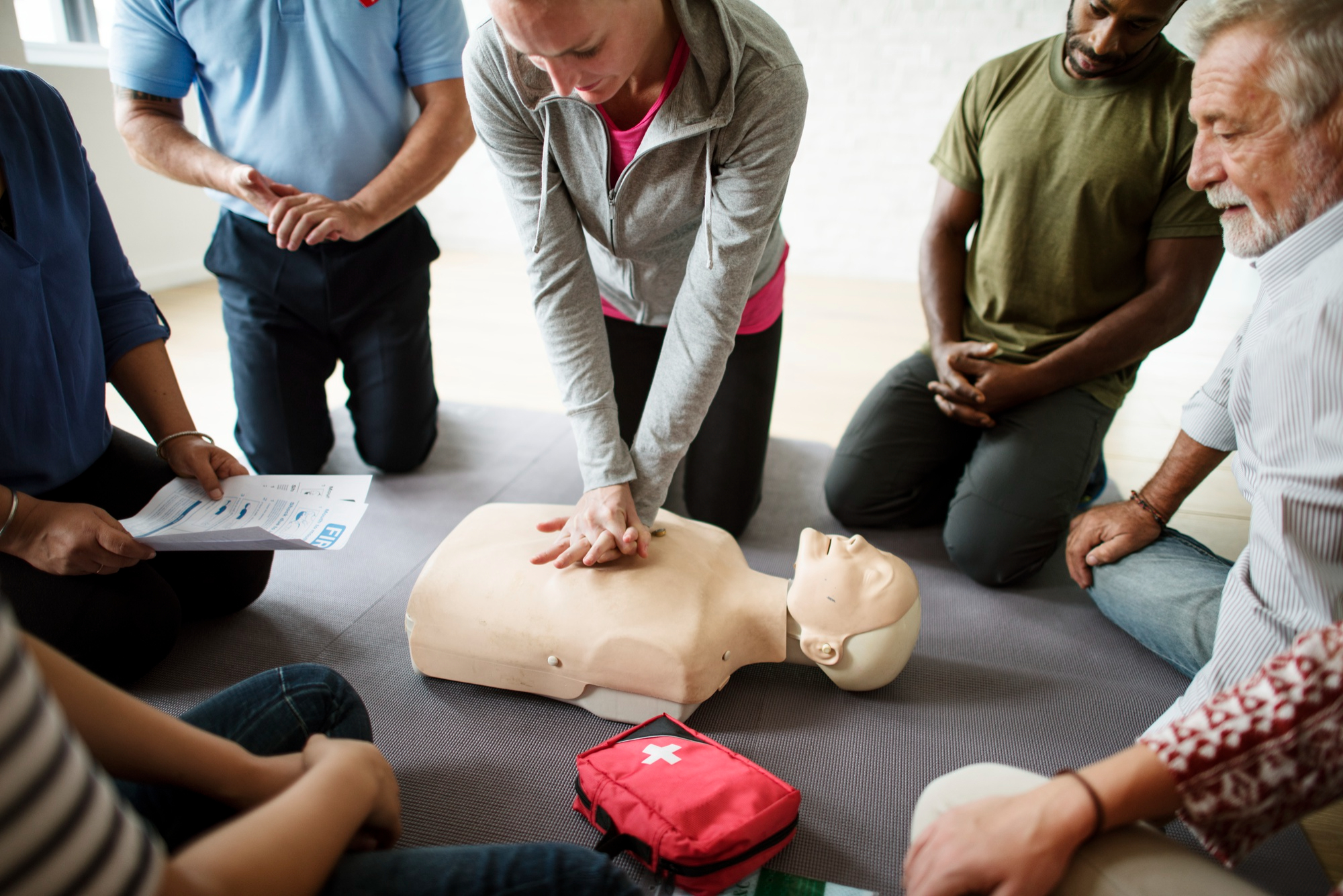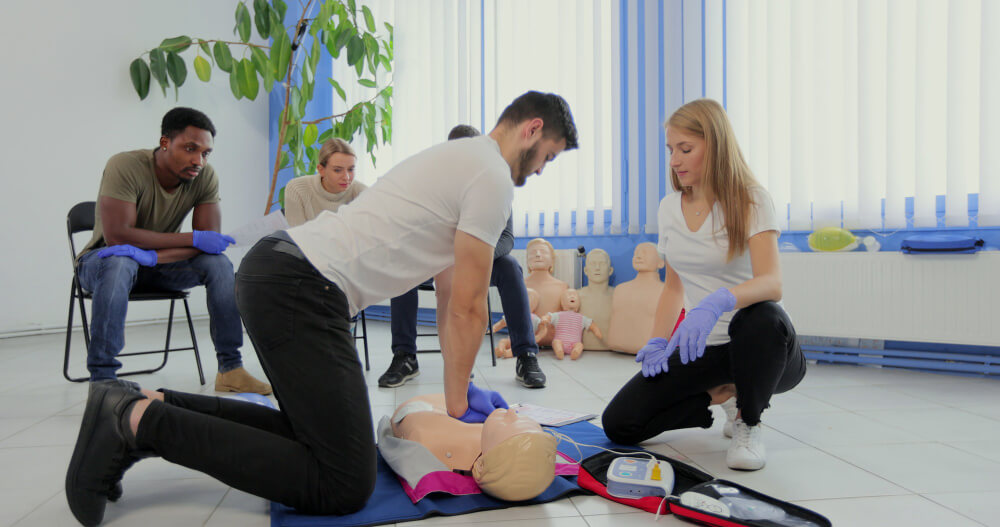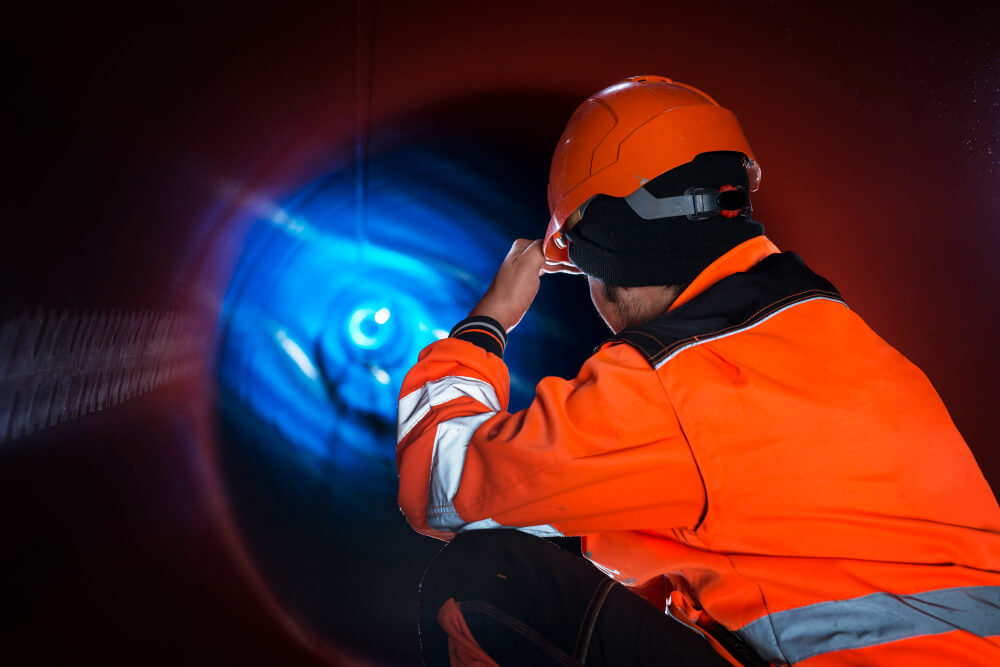In an emergency, people may react differently, and sometimes irrationally. There is a risk of poor judgement, panic or confusion. It can be difficult to think clearly. For these reasons, situational training is to be encouraged. Time is precious and prior preparation is strongly advised through contingency planning.
On the 15 April 1989, the English F.A. Cup semi-final was played at Hillsborough Stadium in Sheffield. At the time, Hillsborough was classified as a modern football stadium and was equipped with CCTV to monitor crowd control. The F.A. had previously used Hillsborough to host F.A. Cup semi-finals. It is worth remembering that 1980s football stadiums had installed high level security fencing to mitigate the risk of pitch invasions by hooligans.
In the interest of spectator safety, the match was an all ticket affair. Half an hour before the scheduled 3pm kick-off, crowd congestion was reported at the Leppings Lane end of the stadium. During the inquest it was established that ten thousand ticketed supporters were expected to enter the Leppings Lane standing terrace via seven turnstiles. With less than half the ticket holders inside the ground, and with additional supporters (some without tickets) still arriving, a crush occurred at the turnstiles. In order to alleviate pressure at the turnstiles, a fateful decision was made to open one of the emergency exit gates. This resulted in a crowd surge into the terraced standing areas. The consequence of this crowd surge was overcrowding in the standing terrace, which resulted in 96 Liverpool supporters losing their lives.
In the aftermath of the Hillsborough disaster, the inquest identified several failures in the emergency preparedness and response plan. Assessment of these failures, and adaptations made as a consequence, has fundamentally changed the way we now enjoy the match day experience.
- Failure to prevent crowd congestion:There was no police cordon on the approaches to the stadium to ensure football supporters formed orderly queues and prevent supporters without tickets from entering. There were 172 fewer police officers at the 1989 FA Cup semi-final compared to the previous year. Police and authorities had failed to implement layout changes to the Leppings Lane end of the stadium, following concerns raised at previous F.A. Cup semi-finals.
- Failure to close a tunnel leading to the standing terrace:When the police ordered the opening of the emergency exit gate, the crowd surged towards a tunnel leading into two central pens. There was no attempt to divert supporters into other sections of the terrace. The police failed to recognise the risk associated with leaving the tunnel gate open. At the previous year’s semi-final, the gate was closed to alleviate congestion on the terracing.
- Failure to delay kick off:The police commander had the power to delay kick off in the interest of crowd safety. Despite CCTV showing the crowd congestion outside the stadium and the resulting crush, no delay was implemented. The police commander decided the game should proceed with the planned 3pm kick- off, to mitigate further disruption and potential crowd trouble.
- Slow Emergency Response: The inquest established the response by emergency services had been “woefully inadequate”. A leading expert in pre-hospital care criticised a senior ambulance officer for failing to look inside the pens, even though a major crush disaster was unfolding in front of him. Members of the South Yorkshire ambulance service were unaware that spectators were being crushed inside the stadium. The South Yorkshire ambulance service failed to declare a major emergency at the earliest opportunity. The inquest established an on-scene radio was faulty at the time. The South Yorkshire ambulance service failed to alert nearby hospitals about the disaster, as they had presumed the ambulance control room had completed the task. There were also reports of “empty or depressurised” oxygen equipment, which, if functioning, could have been used to resuscitate casualties.
- Lessons not learned: There had been several previous “near misses” at the Hillsborough Stadium. The most notable was the 1981 F.A. Cup semi-final between Tottenham Hotspur and Wolverhampton Wanderers. In a similar incident, 38 Tottenham supporters were crushed on the Leppings Lane terrace. Before kick-off police opened the emergency gate to alleviate congestion at the turnstiles. This allowed additional Tottenham supporters into the terraced area. After Tottenham scored the opening goal of the game, a crowd surge caused a serious crush on the terrace and fatalities were narrowly avoided. An enquiry after this game highlighted concerns about the design of the Leppings Lane pens, the potential for crushing, and the over-estimated capacity of the terrace. However, these concerns were never addressed.
The match day experience for football fans fundamentally changed after Hillsborough. Following the Taylor Report into the Hillsborough disaster, fully seated stadiums are now compulsory. Additional safety improvements to football stadiums were introduced. Each game would now be fully ticketed, with compulsory stewarding, and extensive policing. This includes trained on scene commanders, and dedicated stewards and police to control crowds arriving and exiting the stadiums.
In the 21st century these are the most likely disasters to occur on the football pitch………
CONTINGENCY PLANNING FOR EMERGENCIES
Pre-planning is essential to ensure that appropriate resources are allocated and to identify any potential deficiencies in Emergency Plans or procedures. Emergency Plans should outline clear roles and responsibilities, be subject to regular reviews, and shared with appropriate persons.
Recommendations include:
- Learn the emergency numbers 112 and 999
- Know your full site address, including Eircode, and be able to provide clear directions to your premises / site
- Retain useful phone numbers (incident controller/ first aid personnel) to hand and make them visible to all site members (for instance, on clear notice boards).
- Undertake training in Cardiopulmonary Resuscitation (CPR) and First Aid Response
- Have a first aid app on your phone
- Undertake evacuation drills
- Provide appropriate training to appropriate persons.








